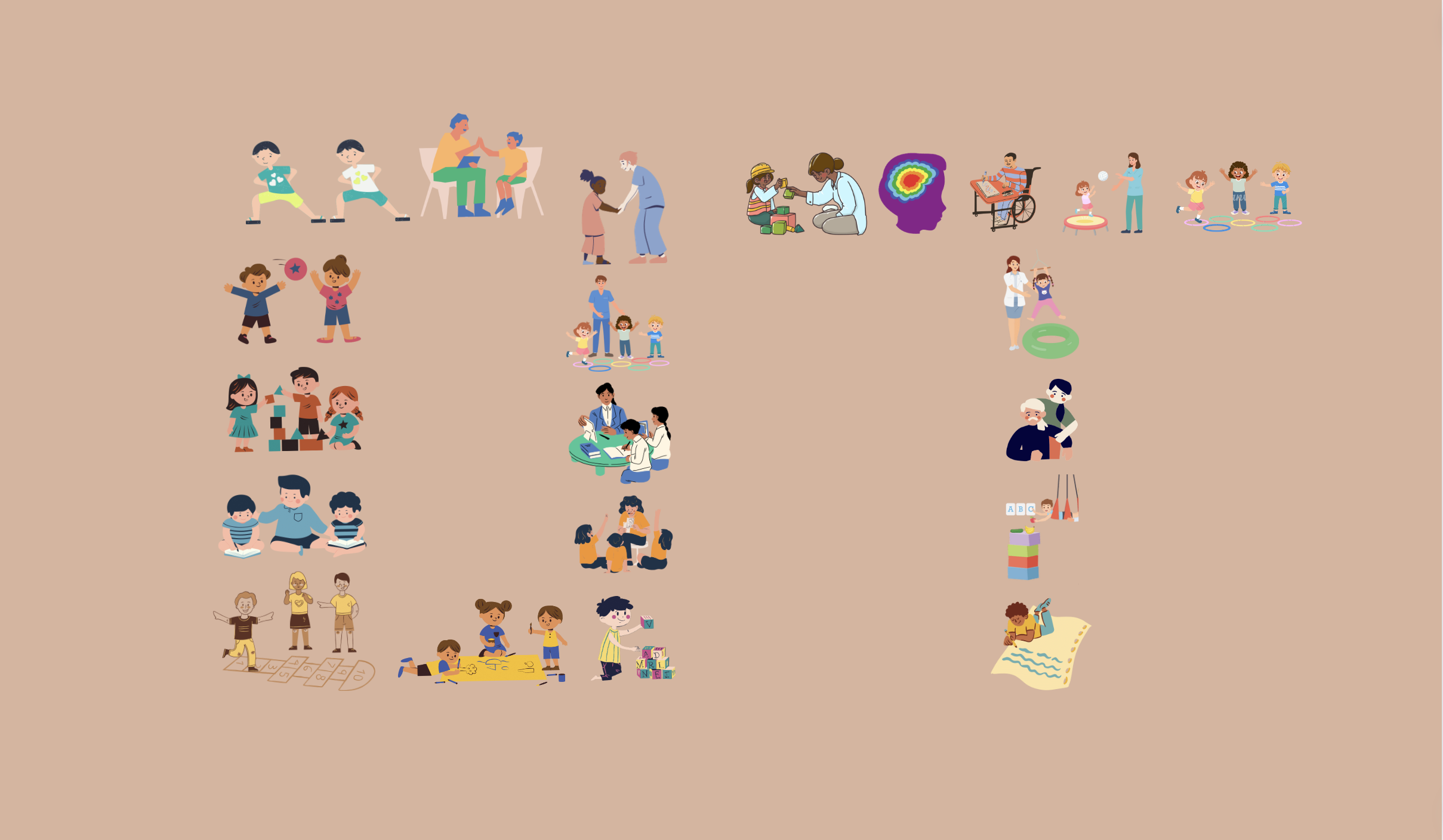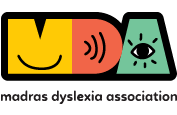
Understanding the role of Occupational Therapy in Dyslexia
Occupational Therapy
By Karthik Kalaiselvan, Occupational Therapist, Evonne AWWA Ltd., Singapore
Occupational therapists help people across the lifespan to participate in the things they want and need to do, through therapeutic use of everyday activities (occupations). Common occupational therapy interventions include, helping children with various disabilities to participate fully in school and social situations. Occupational therapy services typically include:
- An individualised evaluation, during which the client/family and occupational therapist determine the person’s goals
- Customised intervention to improve the person’s ability to perform daily activities and reach goals, and
- Outcomes evaluation to ensure the goals are being met and/or make changes to the intervention plan
Occupational therapy services may include comprehensive evaluations of the client’s home and other environments (e.g., workplace, school), recommendations for adaptive equipment and training in its use, and guidance and education for family members and caregivers. Occupational therapy practitioners have a holistic perspective, in which the focus is on adapting the environment to fit the person, and the person is an integral part of the therapy team.
Dyslexia includes difficulties with various reading and non-reading functions. The occupational therapist looks into non-academic or functional skills which encompasses navigating around classroom furniture, sharing stationery with a peer, organising their bag for school, cutting with scissors, and writing words on paper – all of which support a student’s academic performance in the classroom.
The role of an occupation therapist is creative and client based. The treatment strategies vary according to the need of the child; here are some of the common areas where a child with dyslexia might need intervention:
- Sensory Regulation – helping children learn to calm themselves when overloaded, vs. getting ‘stuck’ and feeling ‘dumb.’
- Correcting problems with the physical aspects of handwriting.
- Working on rhythm and timing games while they are verbally thinking and expressing themselves so they can learn to move while thinking.
- Working on getting ideas and brainstorming.
- Working on categorisation and sequencing ideas so they make sense.
- Teaching memory strategies for spelling and maths.
- Putting all the above skills together in writing tasks.
Areas of intervention
Studies estimate that dyslexia affects some 80 per cent of children assessed as being learning disabled. Moreover, it has been shown that dyslexia persists to adulthood and that adult dyslexics show spelling problems and residues of phonological processing difficulties (Leong, 1999; 2002).
Handwriting
Handwriting difficulties are the primary reason for referral to occupational therapy services in schools. One of the most common strategies that is used at the classroom level is the Handwriting Without Tears Curriculum. It is a set of sensory-based handwriting strategies that can be incorporated at the classroom level. Also, Assistive Technology offers a way for dyslexics to save time and overcome some of the issues such as slow note taking or unreadable handwriting, and allows them to use their time for all the things in which they are gifted. Technologies that facilitate this process are the Livescribe Smartpen and Dragon Naturally Speaking.
Sensory Integration
Sensory integration is a specialty area of occupational therapy that is based on over 40 years of theory and research. The term ‘sensory integration’ refers to:
- The way the brain organises sensations for engagement in occupation
- A model for understanding the way in which sensation affects development
A Sensory Diet
Occupational therapists design what are called ‘sensory diets’ so that children receive the type of sensory stimulation they need to remain focused and learn throughout the school day. The diet may include movement activities such as jumping on a trampoline, rolling down an incline or swinging; activities that stimulate muscles such as propelling a scooter board, playing tug-of-war or touch activities such as crawling through a cloth tunnel or wearing a heavy blanket or vest for short periods of time. These activities prepare the child’s brain to develop visual perceptual skills needed to read and write.
Brain Gym
Some occupational therapists incorporate movement activities from the Brain Gym program created by Paul E. Dennison, Ph.D. This program is designed to improve communication between the left and right sides of the brain using whole-body movements. Brain Gym is based on the theory that improved communication between the two sides of the brain will decrease hyperactivity and increase focus.
Visual Perception Programs
Children with dyslexia and sensory processing disorders may have difficulties interpreting visual information such as how the letters ‘b’ and ‘d’ are different. Visual perception programs are designed to promote skills to copy shapes, dot patterns, block designs and other tasks that involve interpreting visual information. Specialist counselling provided by occupational therapists can emphasise on self-esteem, self-image, confidence development, and stress management for children with dyslexia.
